Seafood is a valuable source of nutrients, but choosing safe options during pregnancy is crucial. This article looks into the world of safe seafood, providing insights into the types that offer optimal benefits while minimizing potential risks.
A well-balanced diet is essential during pregnancy to ensure the health and development of the expectant mother and the growing baby. Seafood is a valuable source of essential nutrients like omega-3 fatty acids and protein. But, it also comes with considerations regarding safety and potential exposure to contaminants like mercury. Navigating the world of seafood during pregnancy can be complex, but making informed choices about safe seafood options is crucial. In this guide, we will explore safe seafood choices for pregnancy. We will provide insights into the benefits of seafood. Additionally, we’ll discuss the risks associated with its consumption and offer recommendations to help expectant mothers enjoy the nutritional advantages of seafood. By being careful, you can achieve this while minimizing any potential health concerns.
1. Understanding the Importance of Seafood in Pregnancy
a. Nutrient-Rich Benefits
Safe seafood options for pregnancy offer a wealth of nutrients, including omega-3 fatty acids, essential for fetal brain and eye development. Additionally, seafood provides high-quality protein, iodine, vitamins, and minerals crucial for maternal and fetal health.
Also read: Role Of Protein Intake For Optimal Muscle Growth In Pregnancy
b. Potential Risks and Concerns
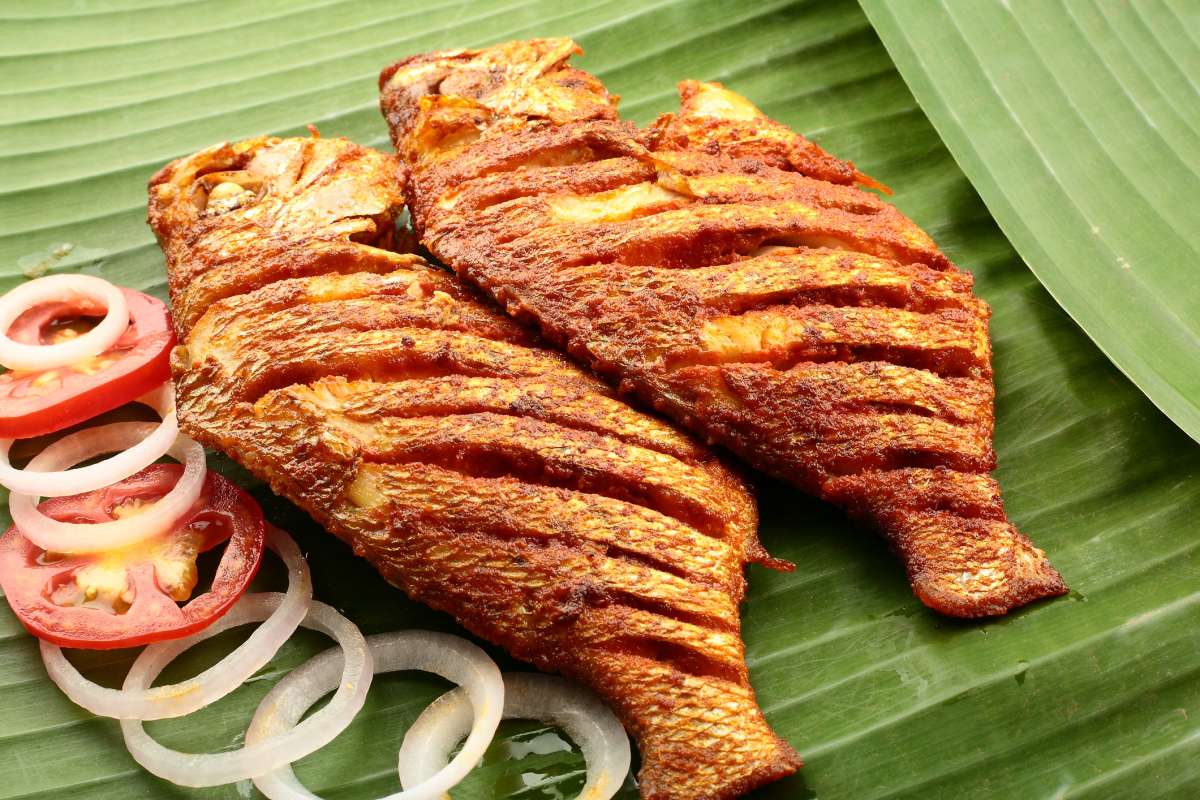
While seafood is nutrient-dense, certain varieties may contain environmental contaminants like mercury and PCBs. Balancing the benefits with potential risks is key. By making informed choices and understanding safe options, expectant mothers can harness the nutritional power of seafood without compromising safety.
2. Mercury Levels in Seafood: A Crucial Factor
a. Understanding Mercury Contamination
Mercury, a heavy metal, is found in varying levels in certain fish. High levels of mercury can be harmful, especially to developing fetuses. Predatory fish, like sharks, swordfish, king mackerel, and tilefish, tend to accumulate higher mercury levels. Hence, they are less suitable for regular consumption during pregnancy.
b. Safe Seafood Choices with Low Mercury Levels
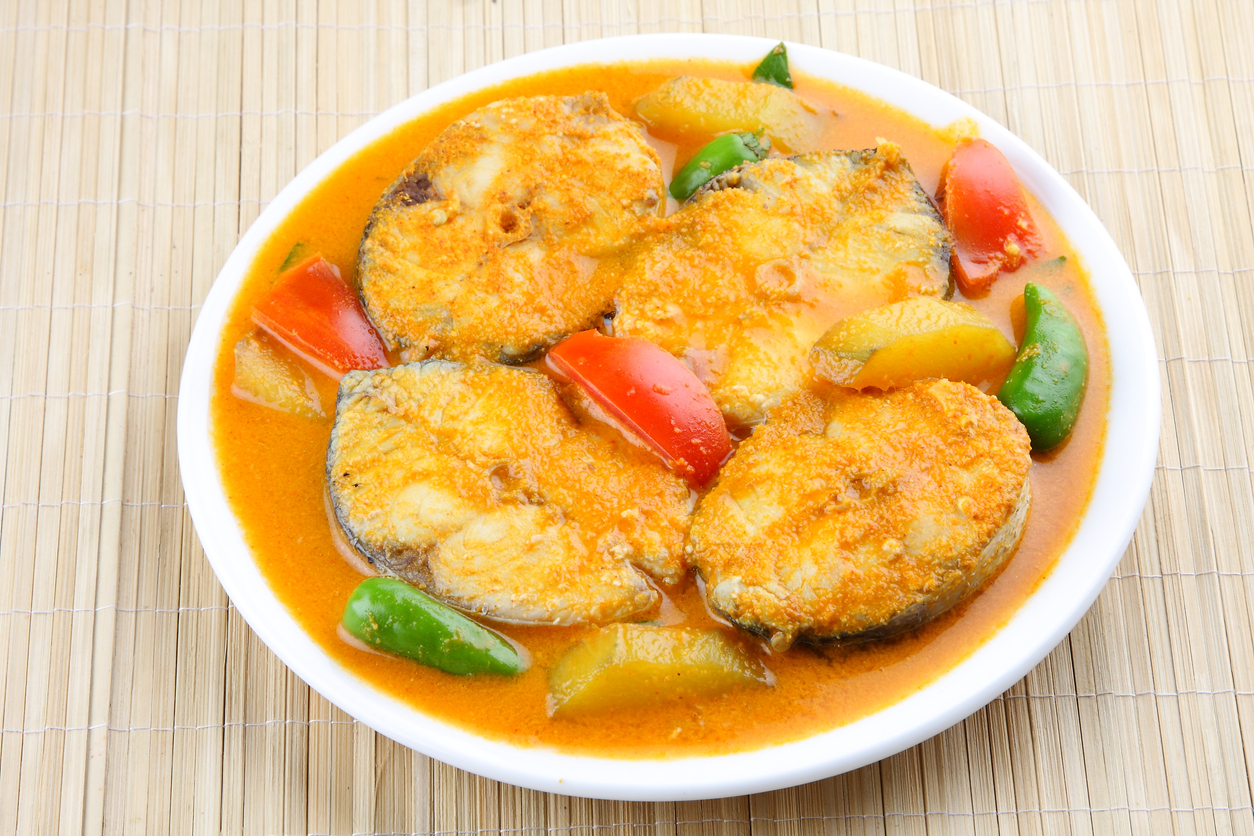
Opting for seafood with low mercury levels is important. Varieties like shrimp, salmon, pollock, catfish, and trout are safe choices. These options provide essential nutrients without posing a significant risk of mercury exposure, making them ideal for inclusion in a pregnancy diet.
3. Omega-3 Fatty Acids: The Pregnancy Super-Nutrient
a. Crucial Role in Fetal Development
Omega-3 fatty acids, particularly DHA and EPA, play a crucial role in fetal brain and eye development. These nutrients contribute to a healthy pregnancy and are associated with positive outcomes for both the mother and the baby. Including seafood rich in omega-3s supports this essential aspect of fetal growth.
Also read: The Best Foods For Supporting A Healthy Pregnancy After 45
b. Safe Seafood Options for Omega-3s
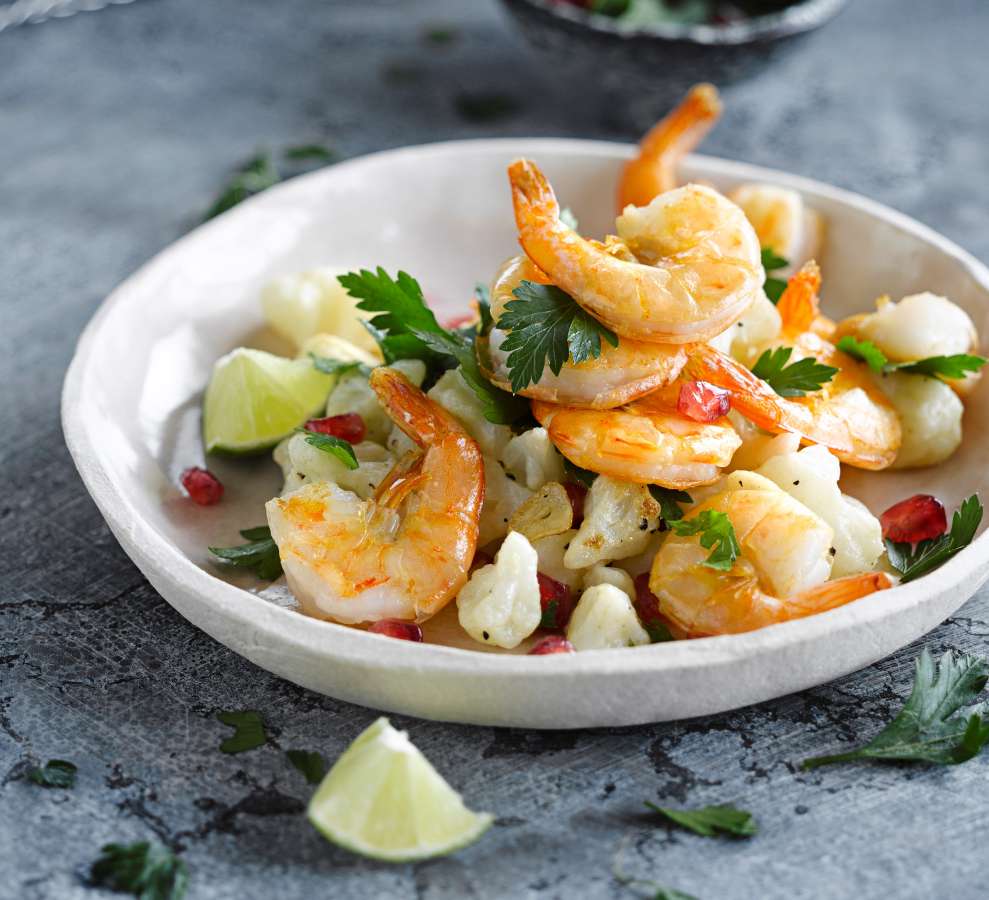
Safe seafood options for pregnancy that are rich in omega-3s include fatty fish like salmon, mackerel, sardines, and trout. These varieties offer the benefits of omega-3 fatty acids without the high mercury levels associated with some larger predatory fish. This strikes a perfect balance between nutrition and safety.
Also read: Eating For Two: Nutrition Tips For A Healthy Pregnancy
4. Shellfish: A Nutrient-Packed Option
a. Rich in Essential Nutrients
Shellfish, including shrimp, crab, and scallops, are nutrient-packed options for pregnant women. They provide high-quality protein, vitamin B12, iron, and other essential minerals. Including shellfish in a balanced diet adds variety and ensures a diverse range of nutrients for maternal and fetal well-being.
b. Considerations for Safe Consumption
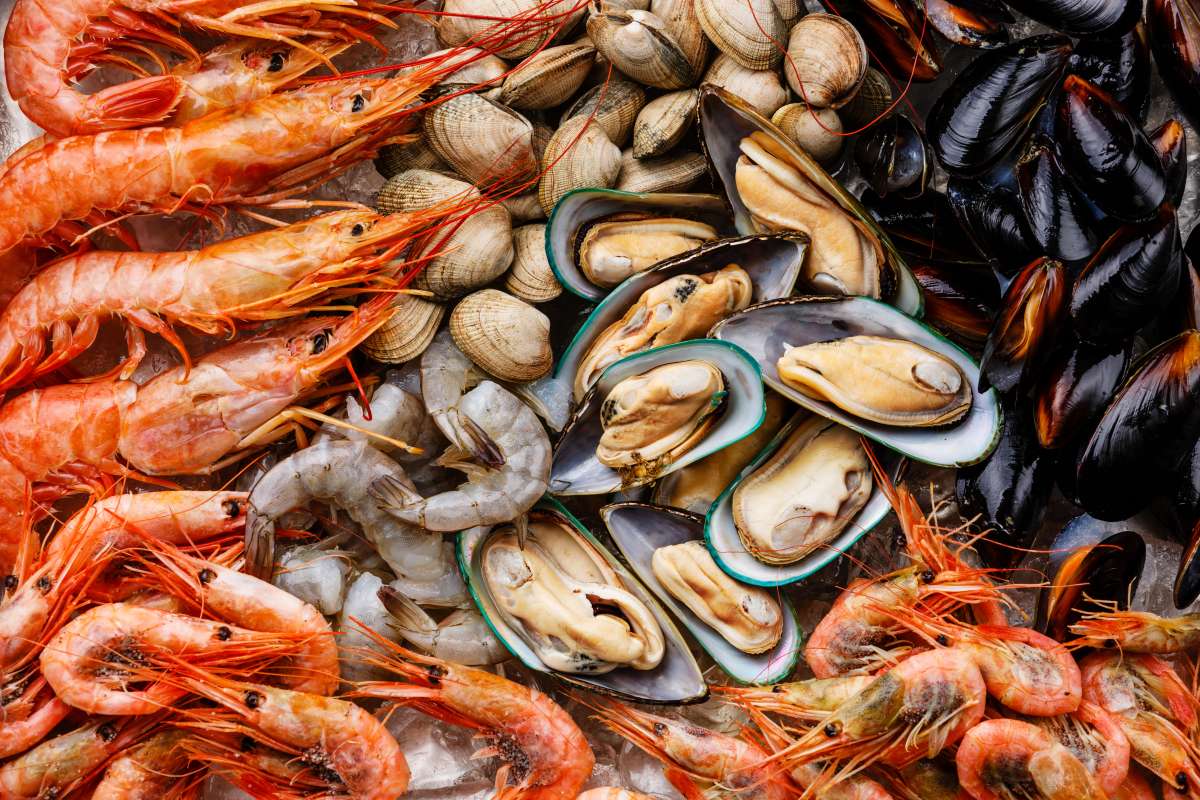
While shellfish is generally safe during pregnancy, proper cooking is crucial to reduce the risk of foodborne illnesses. Cooking shellfish thoroughly eliminates potential pathogens, making it a safe and nutritious addition to a pregnancy diet when prepared and consumed with care.
5. Cautions and Considerations: Seafood Options For Pregnancy
a. Addressing Seafood Allergies
Seafood allergies are relatively common, and pregnant women with known allergies should exercise caution. If allergies are present, it is essential to avoid the specific types of seafood that trigger reactions. Consultation with a doctor and monitoring for allergic symptoms is crucial.
b. Sustainable Seafood Choices for Environmental Impact
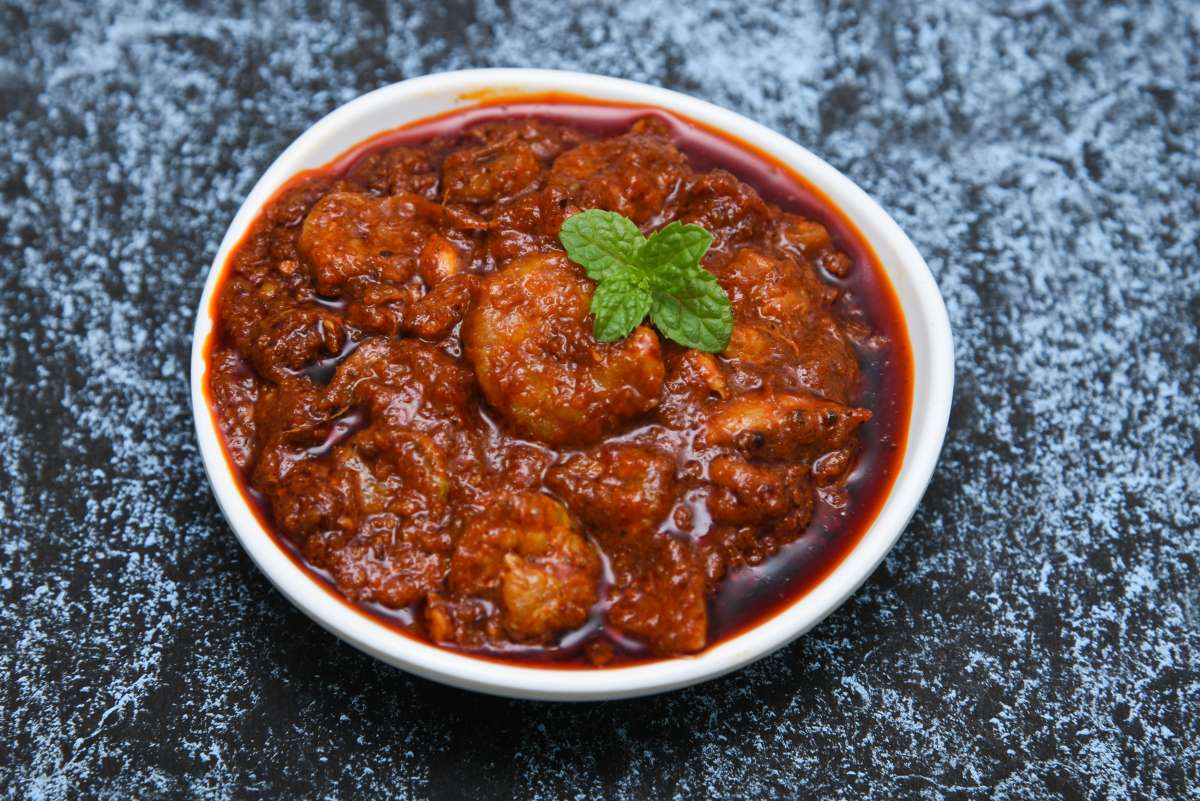
Considering the environmental impact of seafood consumption is essential to making responsible choices. Opting for sustainably sourced seafood helps support healthy marine ecosystems. Certifications like MSC (Marine Stewardship Council) can guide consumers toward environmentally friendly seafood options.
6. Balancing Portions and Frequency: Moderation is Key
a. Managing Mercury Exposure through Moderation
While including safe seafood options for pregnancy is beneficial, moderation is key to managing mercury exposure. Limiting the consumption of high-mercury fish and monitoring overall seafood intake helps ensure a well-balanced approach that maximizes nutritional benefits while minimizing potential risks.
b. Consulting Doctors for Personalized Guidance

Individual considerations, such as pre-existing health conditions and dietary preferences, can impact the suitability of seafood choices during pregnancy. Consulting doctors for personalized guidance ensures that dietary recommendations align with the specific needs and circumstances of the expectant mother.
7. Safe Seafood Preparation: Minimizing Risks of Contamination
a. Choosing Safe Cooking Methods
Safe seafood preparation is essential to minimize the risk of contamination. Opting for cooking methods like baking, grilling, steaming, or broiling helps preserve the nutritional content of seafood. This also ensures that it is cooked thoroughly, reducing the risk of foodborne illnesses.
b. Avoiding Raw and High-Risk Seafood Preparations
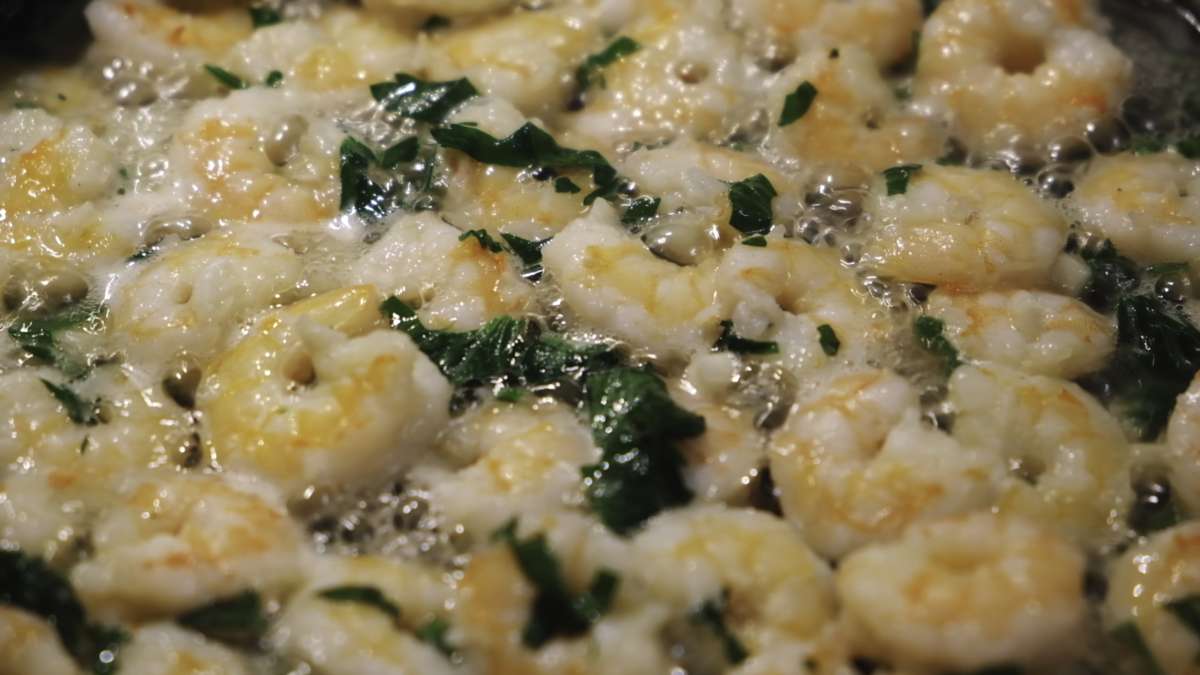
Pregnant women should avoid raw seafood, including sushi, sashimi, and ceviche, to minimise the risk of foodborne illnesses. High-risk preparations involving inadequate cooking or exposure to potential contaminants should also be avoided during pregnancy.
Navigating safe seafood options for pregnancy involves a thoughtful balance between nutritional benefits and potential risks. By understanding the impact of mercury, choosing omega-3-rich varieties, shellfish options, addressing allergies, and practising safe preparation, expectant mothers can savour seafood while prioritizing their health.
